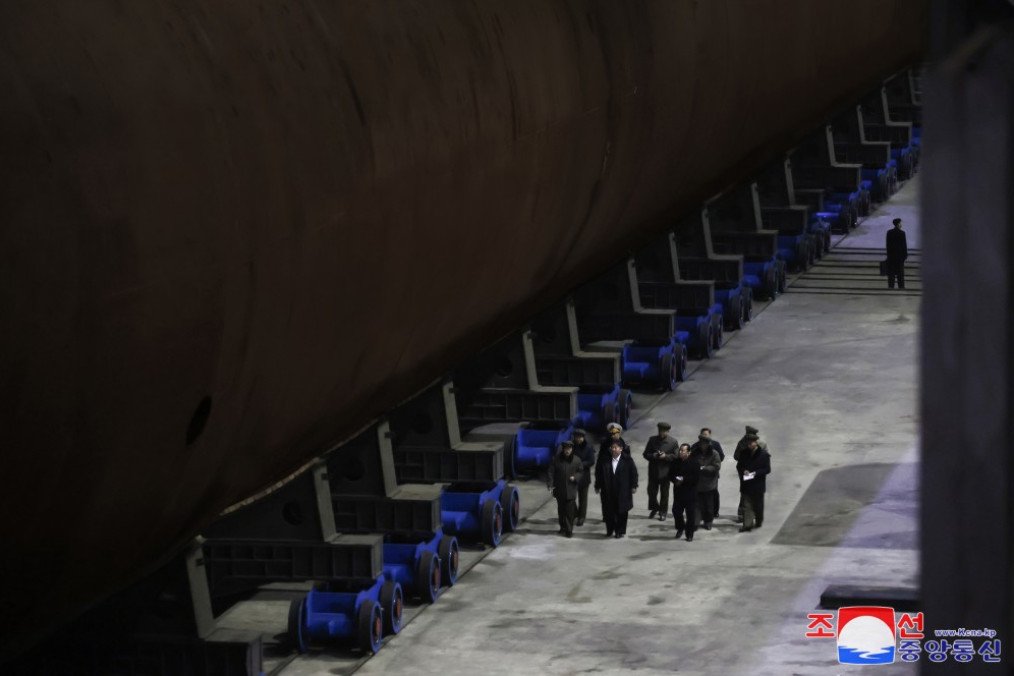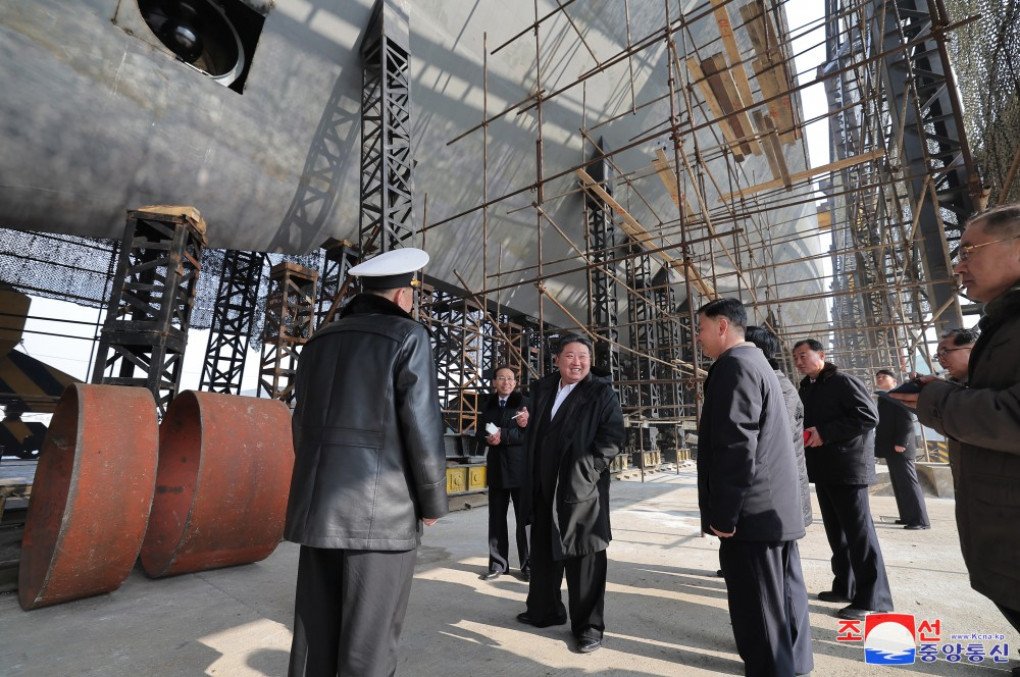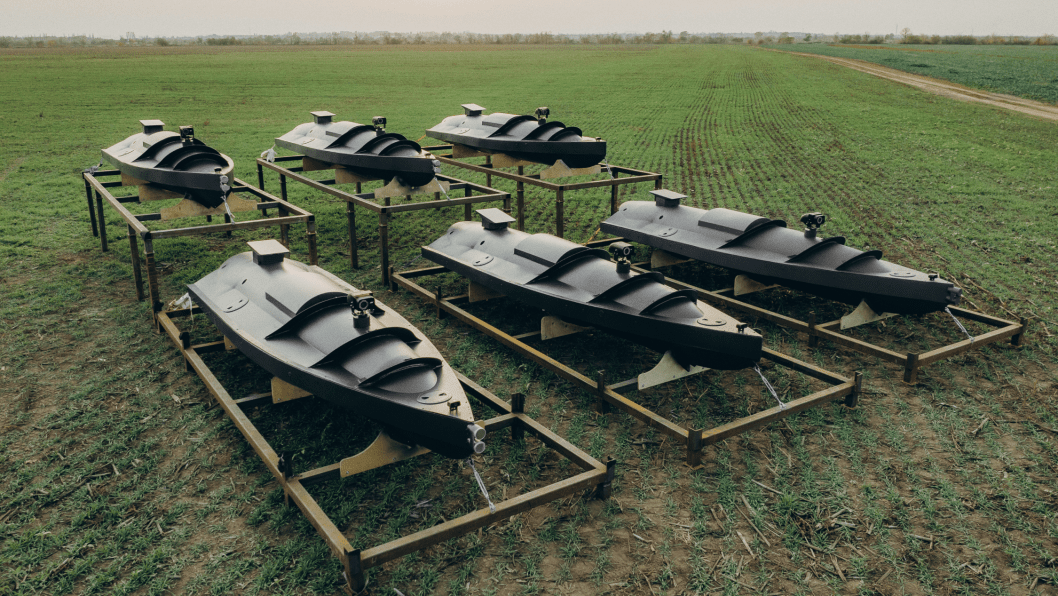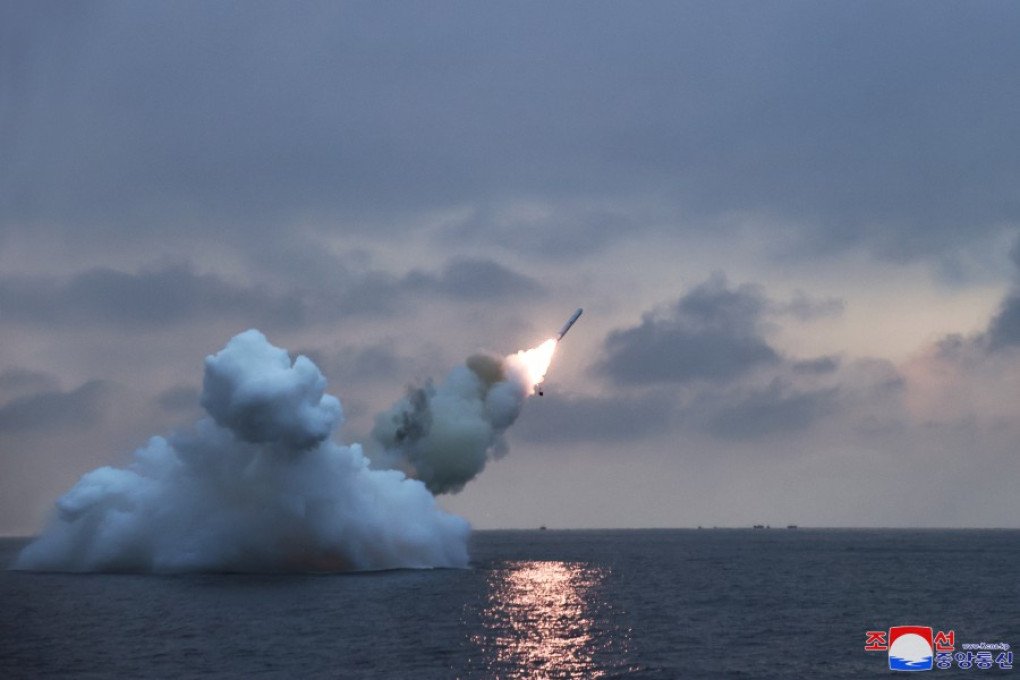- Category
- Latest news
North Korea Unveils Nuclear Submarine That Could Match Ballistic Capabilities of US and Russia

North Korea has taken a major step in its nuclear weapons program, revealing what appears to be its first nuclear-powered ballistic missile submarine (SSBN). Unveiled in early March 2025, the vessel is designed to carry up to 10 nuclear-capable missiles, Naval News reported on April 2.
While details remain scarce, experts suggest that the technology behind this submarine may have been acquired from Russia—or perhaps even China.
A recent analysis by Naval News provides insight into the likely specifications of the new North Korean nuclear submarine, raising concerns over its strategic impact.
According to military analysts, imagery released by North Korean state media indicates that the submarine has an unusually large hull, with an estimated beam (width) of 12 meters. This measurement aligns with the dimensions of ballistic missile submarines fielded by major nuclear powers such as the United States, France, and Russia.

From this, analysts estimate the submarine’s pressure hull diameter at approximately 10 meters and its overall length to be at least 100 meters, with some projections suggesting a length of up to 130 meters.
Such dimensions are likely necessary to accommodate North Korea’s latest submarine-launched ballistic missiles (SLBMs), such as the Pukguksong-6, which is 13 meters long—comparable in size to the Trident II missiles used by the US and UK.
Unlike North Korea’s previous missile submarines, which were diesel-electric, the size and power demands of this new platform likely necessitate a nuclear propulsion system.
The country’s first-ever ballistic missile submarine, the Gorae-class, was launched in 2016. That vessel is a small, diesel-electric platform carrying just a single missile. In contrast, the newly revealed SSBN could carry at least 10 nuclear-tipped missiles.
Traditional diesel-electric submarines lack the endurance and operational range needed for true nuclear deterrence missions, particularly if North Korea aims to launch SLBMs from safer waters farther from its coastline.
While Pyongyang has long sought to develop nuclear submarine propulsion technology, experts speculate that Russia may have assisted.
Given recent military cooperation between North Korea and Russia—particularly arms transfers to aid Moscow’s war in Ukraine—Moscow may have shared submarine technology, including reactor designs or noise-reduction techniques.
Alternatively, some analysts suggest China may have played a role, as Beijing has previously assisted Pyongyang’s military in more discreet ways.
-3e495585fff46b2c2b9fa03978a062bd.jpg)
Earlier, reports emerged that since late December, North Korean ballistic missiles launched by Russian forces at Ukraine have shown a marked improvement in accuracy, now hitting their intended targets within a range of 50 to 100 meters.
This marked improvement in precision suggests that Pyongyang is using the war in Ukraine as a testing ground for its missile technology, raising concerns from Washington to Seoul over the growing military partnership between Russia and North Korea.
A senior Ukrainian military source, speaking on condition of anonymity, described a “marked improvement” in the precision of more than 20 North Korean missiles fired at Ukraine in recent weeks. A second source, a senior government official familiar with the matter, confirmed these findings.
North Korea rapidly advanced its military programs in recent years, developing short- and intermediate-range missiles that it claims can carry nuclear warheads. However, Ukraine represents the first real-world combat scenario for these new weapons.
Previously, North Korean missiles exhibited an accuracy range of 1-3 kilometers, but recent strikes have demonstrated a much narrower range of 50-100 meters, according to forensic analysis of missile debris by Ukrainian forces.







-72b63a4e0c8c475ad81fe3eed3f63729.jpeg)

